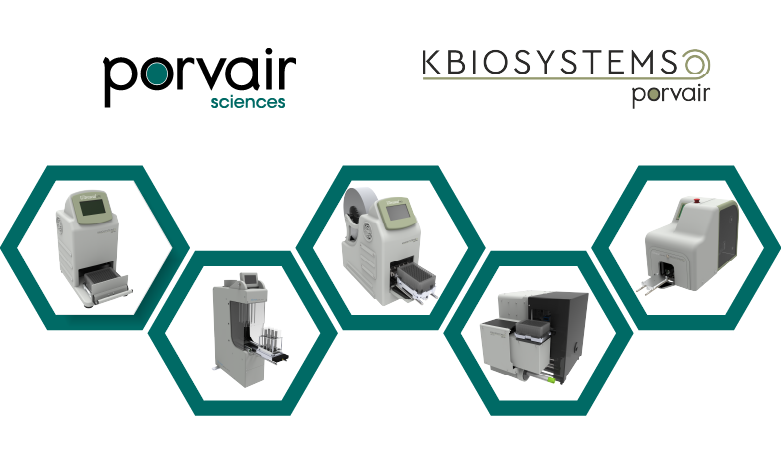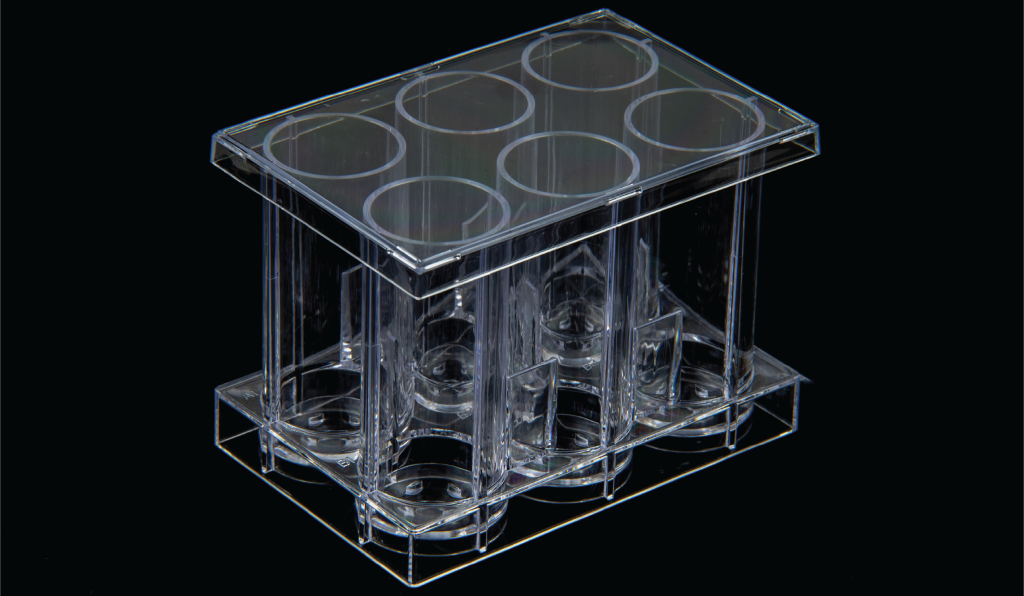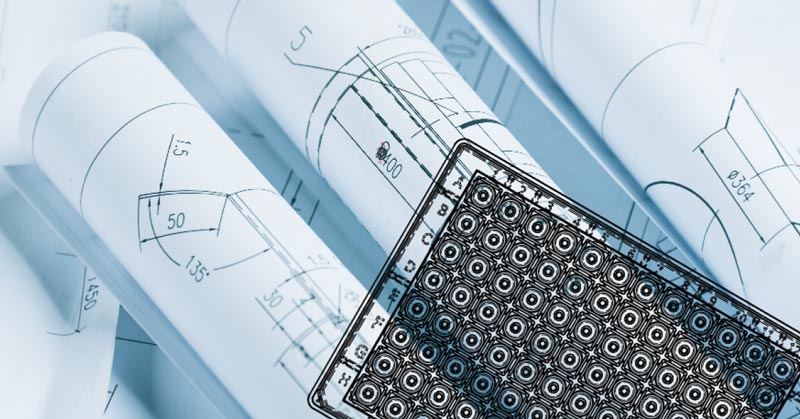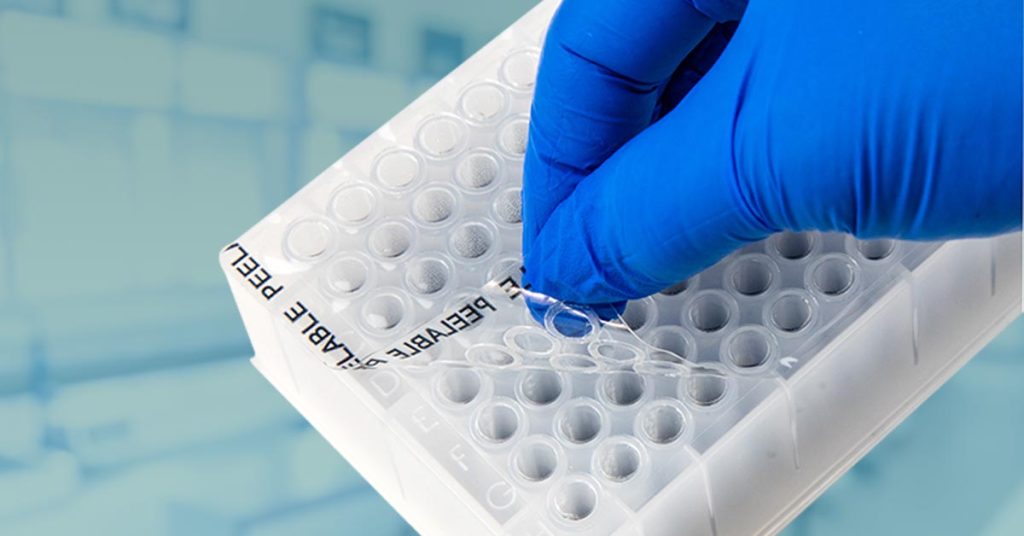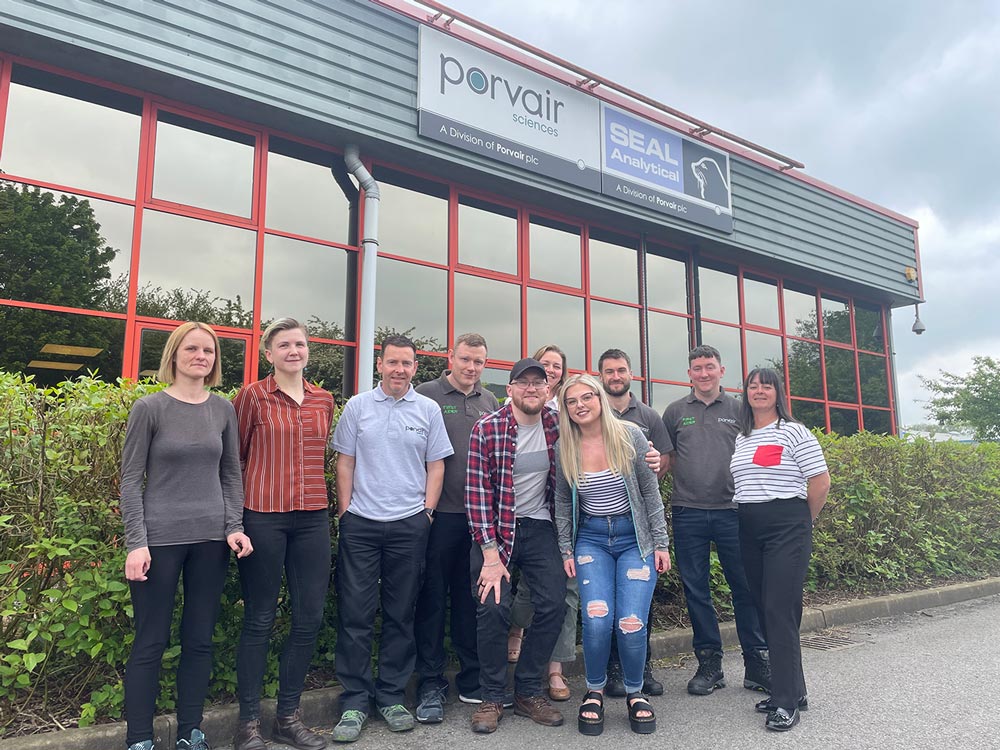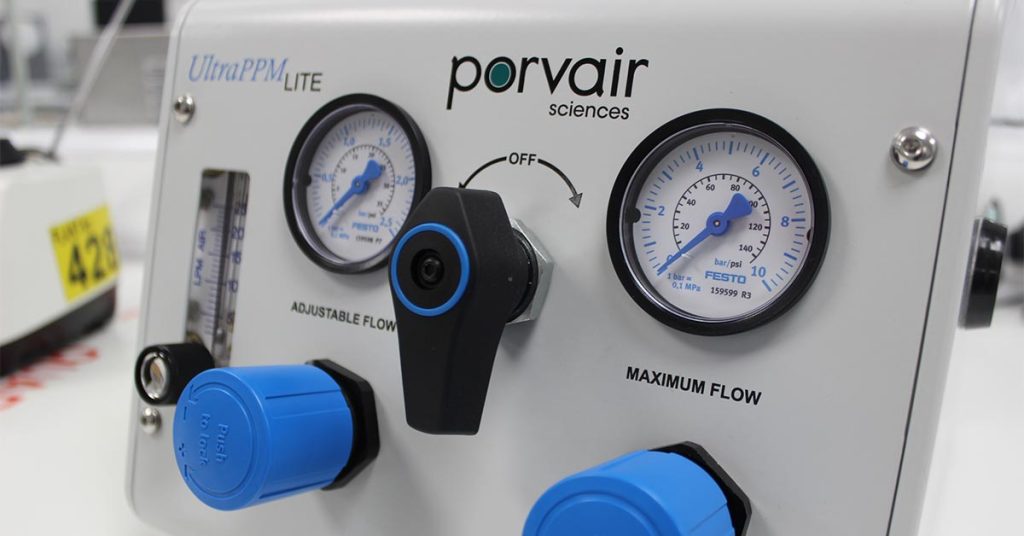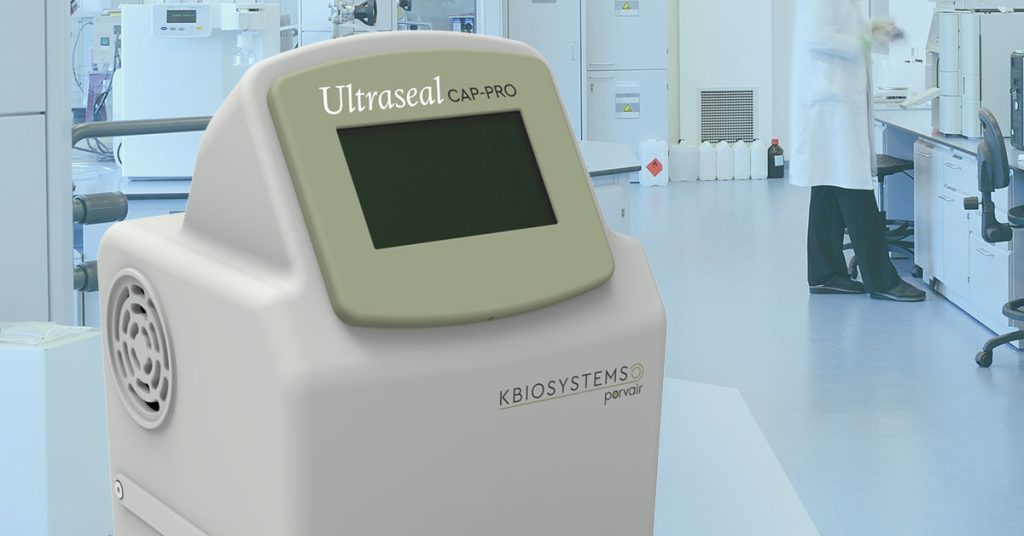International Coffee Day 2025
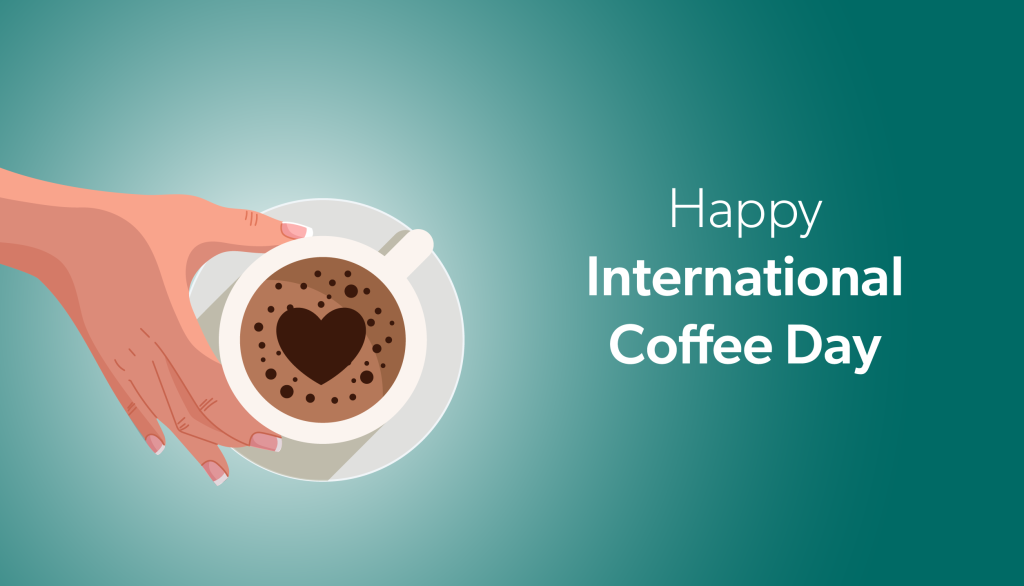
Caffeine Uncovered: What’s in Your Cup?
Introduction
For centuries, the humble cup of coffee has been a popular part of daily life. Originating in Ethiopia and Yemen in the early 15th century, coffee has evolved into a vast global commodity, with an estimated 2.25 billion cups consumed each day. Stacking these cups on top of each other would create a tower 25,500 times the height of Everest. That’s a lot of coffee! One of the key ingredients that makes coffee so eye opening, pun intended, is caffeine. Within the body caffeine competes for, and binds to, adenosine receptors because of its structural similarity. These receptors are responsible for regulating physiological functions such as sleep. Thus, binding of caffeine in place of adenosine reduces the urge to sleep whilst causing a stimulating effect. This, in association with the other physical impacts of caffeine intake necessitates a recommended daily limit of 400 mg.

To celebrate international coffee day we decided to explore the coffee habits across the Porvair Sciences Wrexham site. Through combining high-performance liquid chromatography (HPLC) and the Microlute® CP HLB solid phase extraction (SPE) plate, we investigated how much caffeine was really in the coffee consumed.
Materials and Methods
A questionnaire was used to gather data on the coffee habits and caffeine content perceptions of coffee brewed by individual participants. Coffee samples were taken directly from the brewed coffee, before the addition of milk, and diluted 1:30 in ultrapure water prior to sample clean up using a Microlute® CP HLB 96 well plate. Each sample was loaded in triplicate and processed using a positive pressure manifold (UltraPPMTM Lite) and nitrogen blowdown evaporator (Ultravap® Mistral).
A standard HLB Solid Phase Extraction (SPE) method was followed using two internal standards; the first was added during the sample loading step to correct for any aberrant recoveries from the SPE and/or evaporation steps, the second accounted for volume differences that may have occurred during instrument analysis.
Total amount of caffeine per cup was calculated as the amount in 250 mL of coffee.

Results & Discussion
- The caffeine content of analysed samples ranged from 26-377 mg with an average of 110 mg per cup, approximately 27.5% of the recommended daily intake of 400 mg
- On average, filter and espresso contained almost twice the amount of caffeine (190 mg) found in instant coffee (96 mg) with the highest recorded sample reaching 377 mg
- Decaffeinated coffee samples contained 3 to 6 mg per 250 mL – equivalent to 3.5-6.2% of the caffeine found in the regular caffeinated coffee samples
- The average perceived daily caffeine consumption was 240 mg however, in reality mean daily consumption was 375 mg
- Around 35% of individuals exceeded the advised daily caffeine limit, primarily due to the number of cups consumed throughout the day
- All participants reported drinking coffee in the morning, while 50% consumed it at lunchtime, 45% in the afternoon and only 30% opted for coffee in the evening.
- An unexpected (and possibly spurious) trend was the more caffeine in a participant’s sample the faster the questionnaire completion time
- Method validation showed an average recovery of 98.8%, with a relative standard deviation (%RSD) of 2.2%, good linearity (R2 = 0.9903) and a slight positive matrix effect 4.6% (ion enhancement)
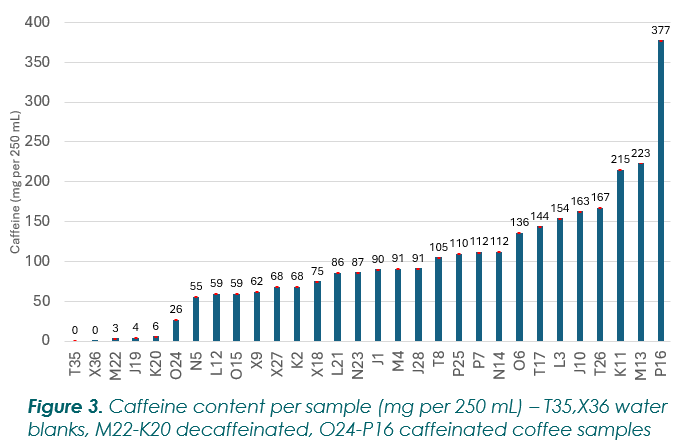
Conclusions
- Microlute® CP HLB was successfully used in the quantification of caffeine to analyse coffee consumed across the Porvair Sciences Wrexham site
- Overall, both the SPE and HPLC method provided excellent recovery and reproducibility – highlighting the robustness of both the SPE product and method
- On average, participants under-estimated the level of caffeine they consumed, with over a third of consuming more than the recommended daily intake
- Whilst most people reported no issues with sleeping, two thirds of those surveyed opted to avoid caffeine in the evening avoiding the potential issues. Perhaps if you were to partake later in the day it would be wise to avoid filter and espresso coffees, given that they contain almost double the caffeine content.
Find more information about the Microlute® CP HLB plates here or contact our team of experts directly – int.sales@porvairsciences.com

